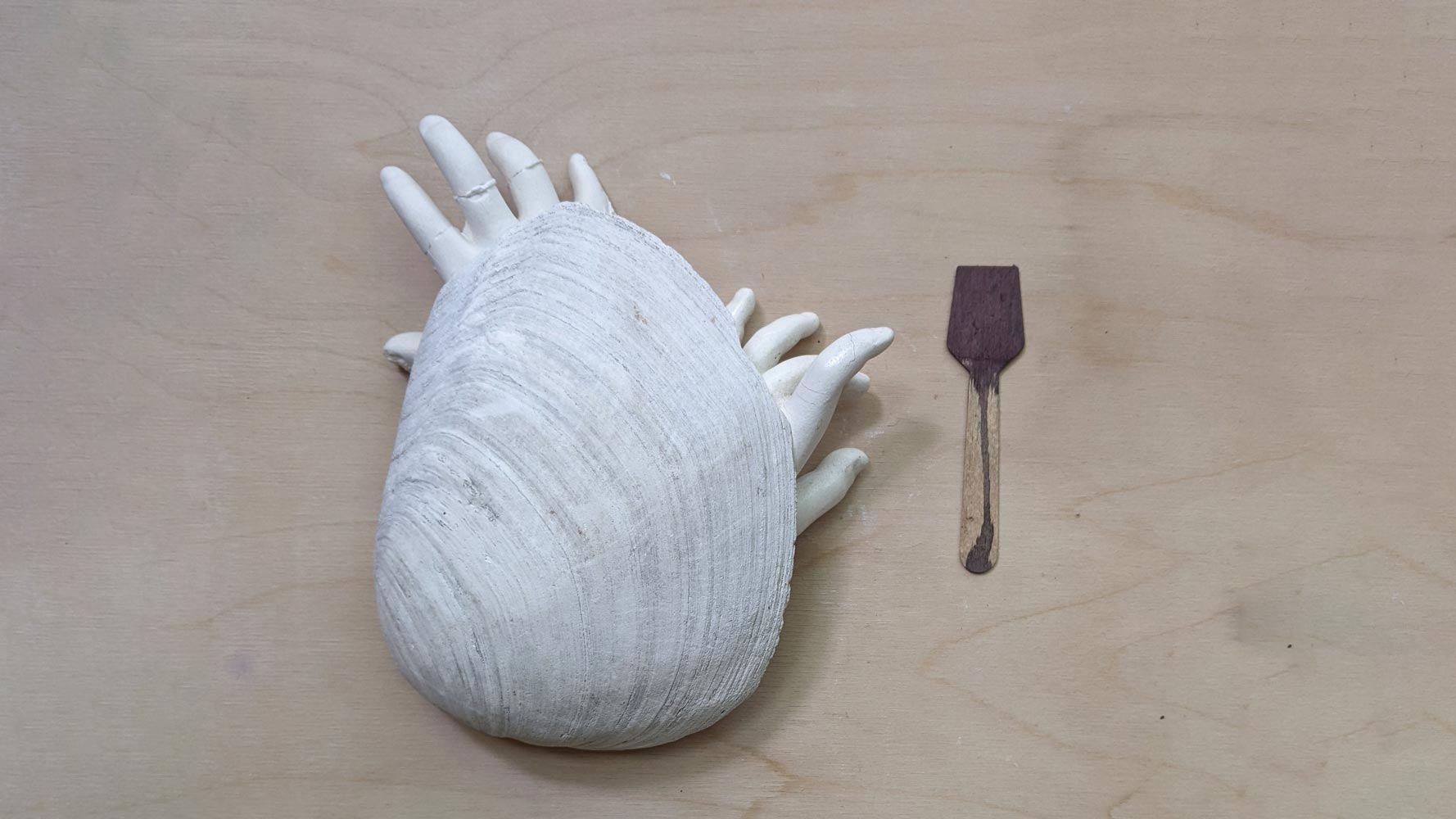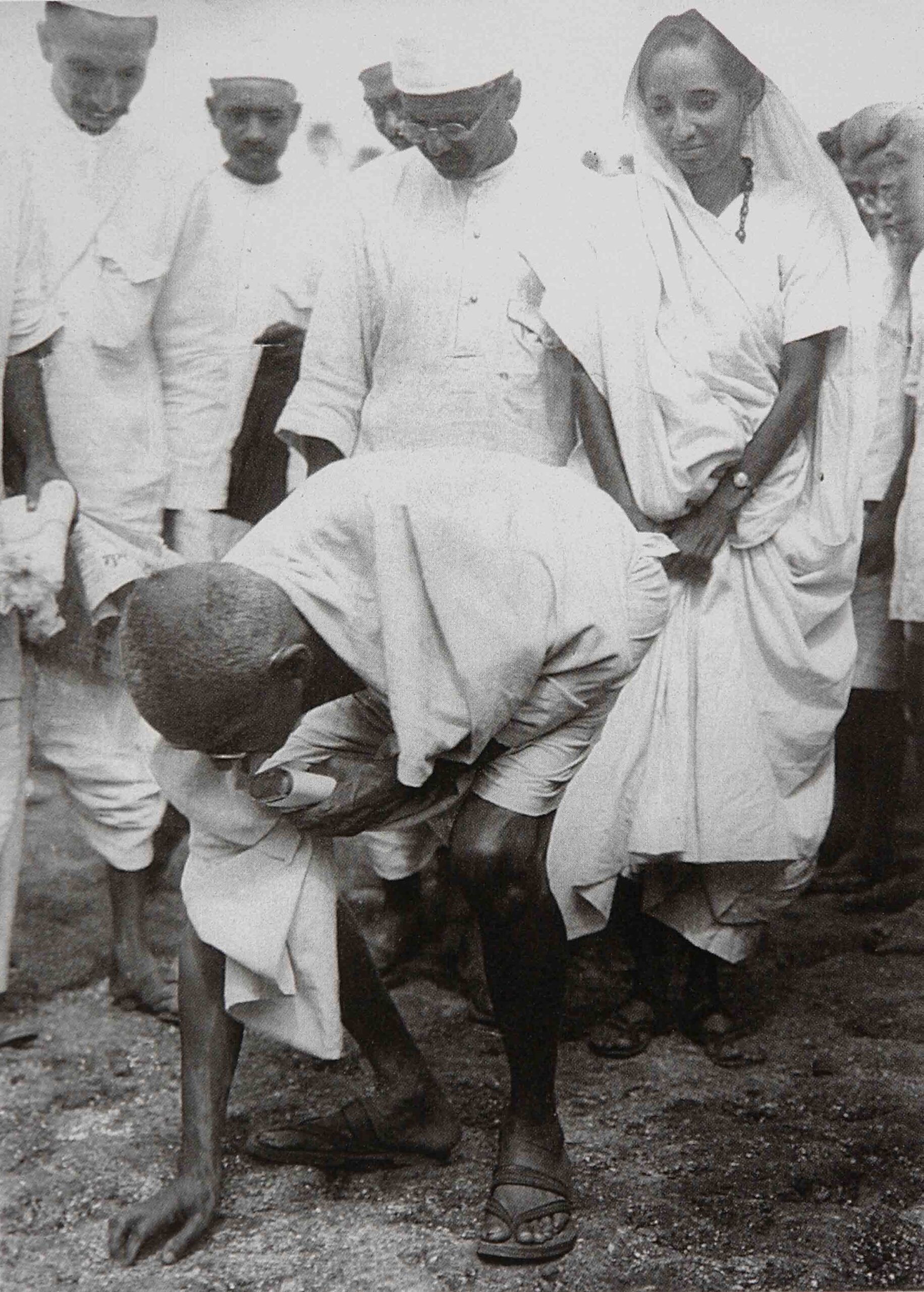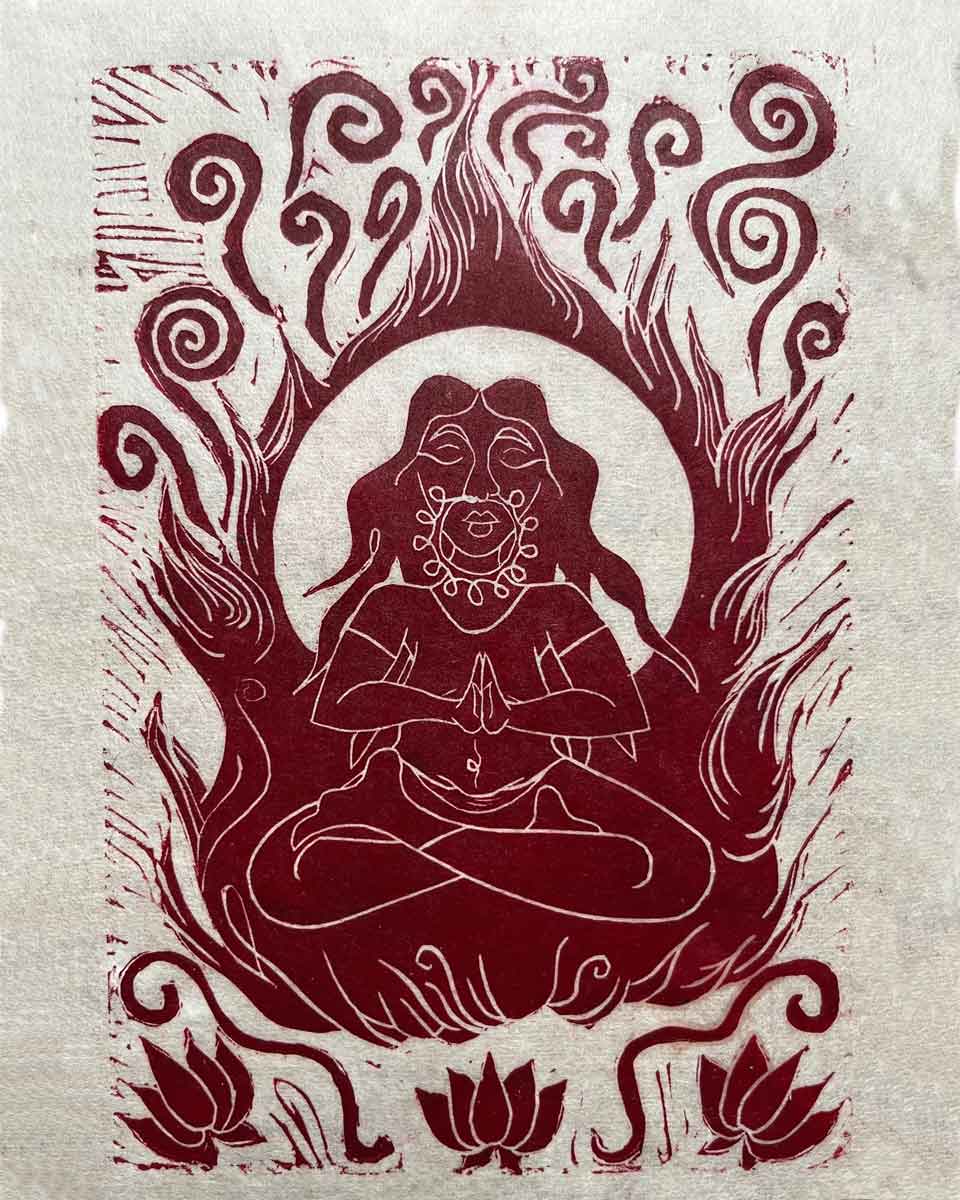Part 1 is contained in Volume 20 No. 1 – ed
Only until recently, the fabled term Italophobia emerged and remained in the domain of cultural studies but remained inaccessible to its own people. What were accessible were the snide backhanded comments disguised as compliments including an exaggerated adulation about the food and all that colourful stuff of folklore, the wonders of Italy. The inane questions such as, “Do you make wine with your feet? ”I think I’ve seen that I Love Lucy episode. The positive stereotypes of moustachioed robust women in kerchiefs stomping grapes in a wooden barrel somewhere in California wine country endure.
Whether it’s popular media or local media, Italians are always reminded of the stereotypes. A Gazette reporter chastised the local community for not being outspoken and critical when some thugs were arrested, assessing their silence as “deafening” and chastising an online Italian-Canadian newspaper for not reporting it when the Toronto daily updates its website at midnight. 33 Would he expect the same if Quebecois bikers or Asian Triads were arrested? Did he expect we all had some inside information? That we would all congregate to Little Italy, “Woo hoo, they got the extortionists!” with the gusto of a World Cup win? The presupposition reveals a hard-nosed desire to uncover Omertà. Doth watch too much Sopranos, methinks. Some deemed progressive elements in society hide their contempt, “That’s right, it doesn’t exist, right?”
The arrests had wider socio-cultural implications where the English and French media groped for a description for their headlines, affixing Italian, Sicilian and Southern Italian to crime syndicates. Meanwhile, CBC Montreal had a neutral American gangsta movie term: The Montreal Mob. Journal de Montreal’s reporter also referred to the World Cup celebration, four months prior, in an article sprinkled with Italian catchphrases, “On était loin de l’ambiance qui règne pendant la Coupe du monde de soccer hier dans la Petite Italie et dans le quartier de St-Léonard, à Montréal.” 34
The road to Germany’s 2006 World Cup event was fraught with examples of anti-Italian sentiment fuelled by an embarrassing match-fixing scandal looming over Seria A. The sports commentators were all discounting Team Italy by highlighting the scandal. A Canadian soccer magazine relegated Italy to a one-page profile with first-timers and the editorially deemed insignificant teams. Conspicuously missing for Italy were the stats with headers printed but just not filled in. Italy’s rich soccer history or editing could be blamed for the missing details but other WC champs (and teams that never did) got their stats compiled in their two-page profiles. A typographic error revealed the word Ghana framing the pretty boy pictures of the Italian upstarts. Perusing that special edition, one might think the World Cup winners of four titles were a trivial team that year. Before the team was threatening, the poison came out of the inkwells.
In one of the few Kingston, Ontario pubs that gave a shit about the World Cup, we were watching the Italy-Ghana match. Rooney jersey-donning Canadians and the bonafide British, on a 1000 Islands pleasure cruise, were jeering at Italian players performing for penalties (less pronounced than usual). Secret Italian Training Camp video on Youtube showed pseudo-Italian players honing their diving abilities, a technique many Latin teams seem to practice, was popular that summer. When Italy scored, the trio timidly rose up, softly yayed amid awkward silence alongside the lone Ghanaian supporter. More boos from the beer-swilling gang. And not in a sport rival type of way – the team wasn’t even yet a threat in its Group E and it wasn’t even playing against their country (not traditional rivals outside club confrontations). I felt, for the first time, a collective hatred directed at my clan, sensed that fuzzy term in action and it didn’t feel good. Wannabe Mancunian-Canadian asked, “How many times did they win a World Cup anyway?” I muttered, “that’s two more than England.” Make it three.
Back home, we decided ghetto bars can be good but there also, in the inner sanctum where majority rules and shields you from nastiness, I heard a Brazilian claiming Italian goalkeeper Buffon “truly is a buffoon” – an erroneous misnomer if there was one. Had he named, say another player on that team, those who inanely gesticulate as a shtick, maybe I’d concede. I could shrug it off and label it as jealousy like a simpleton. But I am far too complicated.
When victory was nearing in spite of our incredulity, the flags came out. The Haitians in Italian neighbourhoods yanked their Brazilian flags in (after Brazil’s elimination) and curiously opted for Italy instead cheering for France with players from Guadeloupe and Africa. In Hamilton, some Italian flags were torched. The city’s letters to the editors in The Gazette and an editorial from an alt. newspaper, it seemed to be a bothersome issue after the win: we get it; you won the World Cup; this is Hockey country, dammit. Métro published letters from concerned citizenry also disliking the flag-waving, this time Lebanese flags, after Israel’s encroachment. Nationalism is only palatable when our flags are plastered. But different flags on cars and private property got people’s knickers in a twist. Honking was deemed an aberration for soccer but a norm when the Canadiens are far from the Stanley Cup. Years ago, a sports commentator from CBC Winnipeg was disgusted that Croatian-Canadians were supporting the ‘Old Country’ in an international Basketball meet in Toronto. As long as the Old Country we are celebrating, is one of the two founding mother countries. This is what the flag-waving tizzy is all about: an affront to Canada – she lets you in and this is how your children repay her! Dammit, Canada’s Multiculturalism is outta control!
Raised to not be shallow nationalists, my father warned against the premature hoisting of flags, which was maddening to him: “Everyone on this street with the flags, doesn’t know a thing about soccer.” Superficial flag waving leads to losing face in a grand way; the contention that you wave the flag, only after you prove something and win the important game. Stemming from a sense of superiority as well as superstition, a real tifoso is not content with a measly win or against a non-powerhouse. During the semi-finals, Spain’s 1982 WC memorabilia were unearthed. We couldn’t even find a flag to wave when the day came.
Then came the euphoria. Twenty-four years in the making, winning fair and square. It seemed like almost all of Montreal’s Italian population filled Little Italy – Buddhist monks, the Centurion, a golden papier maché replica of the Cup, a blasphemous Madonna statue atop of a Fiat 500 hood with a mini-soccer ball dangling from her neck. The profane and the sacred.
The following days, rumours and melodrama ruined our parade. From The Sun to the normally respected The Guardian claiming that Materazzi uttered a racial epitaph to Zidane: “dirty son of a terrorist whore.” The Guardian retracted that same day. The Brazilian lip-readers posited it was something about his mother or sister. Anti-racist organizations in Paris began a legal case and a lawyer wanted the final forfeited. Two months later, from FIFA HQ, we get the official version but nobody cared anymore. The official story is a boring tale suggestive of macho-homoerotic interplay: Zizou reacts to the shirt tugging, “If you want, you can have it afterwards.” Materazzi retorts, “I’d rather have your sister.” Headbutt. Their silence fanned the flames. Materazzi’s statements like “I don’t even know how a terrorist looks like” and “I would never say anything about his mother, I lost mine” were interpreted as soundbytes from a dim-witted soccer player.
Apologists from one side: How a mother is sacred. How Zidane hailed from the banlieues of Marseilles. Totti, the least articulate of the inarticulate players, too came from a periferia in Rome minus the ethnic marginalisation. Emails quoting xenophobic politician Roberto Calderoli, of the Islamphobic, anti-immigrant, secessionist Northern League (who transferred its hatred for Southern Italy and Rome to the aforementioned scapegoats), spewed that “Italy’s victory is a victory for Italian identity; Lombards, Venetians, Neapolitans and Calabrese which beat a team of Negroes, Muslims and Communists.” That Italy’s centre-left government would have “supported this France with no identity.” His leader, Umberto Bossi, was cheering for opposing teams like Germany and even multicultural France – against Italy.
Why was I in the strange position of explaining this ultra-racist’s unjustifiable comment? My short-lived chance to dwell in nationalism, the good kind, was quashed. Not my fault that Italy doesn’t yet have a multicultural team. Our parliament has immigrant MPs and a Trannie! In a few decades, homogeneous Italy was transformed from a land of emigration to one of immigration. If Italy were successful as a colonialist, if one qualifies colonialism as something good, it, too, would have a large multicultural society culled from its ex-colonies. Alas, Italy’s late foray in colonialism was disastrous.
Let’s compare bigots: Front National’s Jean Marie Le Pen complaining about the racial component of Domenech’s team “maybe the coach exaggerated the proportion of players of colour and should have been a bit more careful.” Also forgotten, Le Pen’s sanitized comments after France’s 1998 World Cup win that “they weren’t really French.” But in 2006, when the same aging Team France lost, “it’s their fault, they don’t know their national anthem.” You can never win with bigots.
 Back to the original thesis, Harney outlines the phobia-derived term from English Literature as stereotypes of The Other from afar and within, when migration brought the Other closer. Dickens’ Visions of Italy (1844) mentioned many beggars of Pisa, or Shelley claiming Italians were “a tribe of slaves to stupidity and vices” as well as their women “the most ignorant, ugliest, dirtiest under the moon” – a country of beggars, whores and ruffians. Ironically, he loved Italian vices enough to sojourn and drown in Italy. Jorge Luis Borges claimed that Italian stock characters hailed from English Literature rather than Italian Literature itself. 35 One must investigate whether Italophobic sentiment was found in other World Literature. Many migrated to Latin and non-Latin countries and saw the same antagonism. Straight-off-the-boat Italians faced the same in Argentina, even by self-hating Italian-Argentineans, which make up 40% of the population (cultural self-effacement is common in assimilationist nations).
Back to the original thesis, Harney outlines the phobia-derived term from English Literature as stereotypes of The Other from afar and within, when migration brought the Other closer. Dickens’ Visions of Italy (1844) mentioned many beggars of Pisa, or Shelley claiming Italians were “a tribe of slaves to stupidity and vices” as well as their women “the most ignorant, ugliest, dirtiest under the moon” – a country of beggars, whores and ruffians. Ironically, he loved Italian vices enough to sojourn and drown in Italy. Jorge Luis Borges claimed that Italian stock characters hailed from English Literature rather than Italian Literature itself. 35 One must investigate whether Italophobic sentiment was found in other World Literature. Many migrated to Latin and non-Latin countries and saw the same antagonism. Straight-off-the-boat Italians faced the same in Argentina, even by self-hating Italian-Argentineans, which make up 40% of the population (cultural self-effacement is common in assimilationist nations).
Before resentment towards Turkish gastarbeiters existed in Germany, there was one against the Macaroni (once again the objectification as food) used interchangeably for Southern European migrants the way Wogs and Dagos rhymed in Australia. Katzelmacher (1969) shows a glimpse of it, though the migrant is Greek, played by Rainer Fassbinder himself. Katzelmacher, meaning spoon maker, supposedly used derogatory, debasing craftsmanship, for Greeks and Italians.In Pane e Cioccolata (Bread and Chocolate, 1973), Nino Manfredi plays an Italian migrant trying to fit in a Swiss-German canton, dying his hair campy blonde and living in a chicken coop. His lifelong repressed sentiment of discrimination comes to a screeching climax at the bar where he works. Fans of the Teutonic persuasion are watching a match against Italy and when Italy scores, a GOAL bellows out of him as some sort of cosmic justice. Many social clubs in German-speaking nations prohibited entry to Italians. 36
Prior to the Italy-Germany WC standoff, a German tabloid’s editorial dubbed Italians as “parasitic” and on its cover story, placed Italian players over pizza slices: “we’ll eat them up like pizza.” The historic soccer rivalry between the two nations couldn’t explain these very symbolic cultural signifiers. Anglo-Irish William Hazlitt, in the 19th Century, used the same parasite motif; “[Italians] walking around with parasites which do not seem to bother them” in an essay about dirty Catholics and clean Protestants entitled “Cold and the Heat.” 37 Gattuso dedicated all his matches to Italians living in Germany like his uncles – in a rare gesture acknowledging the lowly Diaspora. Italians retaliated with the 2-0 Pizza made with Wurstels savouring in the win by re-appropriating the pizza. More colourful was a banner in the Dortmund stadium in a statement that doesn’t negate the past alliances and owning up to wartime flip-flopping, “The only time we ever lost with you was when we were Allies.”
The parasitic comments were reiterated on websites dedicated to Zidane where some French, still believed the initial accusations of racism, used terms like sale italiens and tricheurs in the same breathe they accused the whole nation of racism. With Platini intervening in the FIFA trial, punishing both sister-loving millionaires, the opera concluded. On BBC Sports website, more commentary on how Italian soccer is rotten to the core (forgetting Marseilles’ Bernard Tapie, Bundesliga and Premier League recent scandals) and Australians wanted a rematch, the referee was obviously paid off.
There you have it. In one lowbrow cultural episode, a panoply of Italian national traits surfaced. A flare for the dramatic, vulgar, violent, derisible buffoons, inarticulate, crafty sportsmanship, opportunists, loud, revellers, ignorant, inbred, nationalist, racist politicos, dirty, corrupt, flippant, lack of ambition, lazy, defensive playing, gang mentality, childish, effeminate, rotten, hot-tempered, conniving, ignoble, creative and technical geniuses…Italophobia in a nutshell. It’s a malady affecting not just those living in the lands of Shakespeare but also a variety of the aforementioned host nations.
Though stereotypes are rooted in some truth, of the many difetti Italians may collectively possess, sour grapes not one of them. The natural ability for Italians to accept defeat, even expect it, may have something to do with other traits such as defeatism and fatalism that hubris-rich peoples cannot comprehend. This is the same kind of defeatism that muted those early migrants to bow their heads, resign to denigration and trudge on. The Italian team wins under duress; be it the two World Cups under the duress of fascism (1934 & 1938) or under the spectre of scandals (1982 & 2006). When la Nazionale fails; they turn against one another, blame the coach, the overpaid team of ninnies as seen over and over when the team loses grandiosely. The best example of this kind of spectacle occurred after the Nazionale lost one: nil to North Korea (1966 WC) that prompted fans to pelt the returning team with tomatoes at the Genoa airport. Oops, that makes for another positively colourful stereotype and one about foodstuff.
The Unofficial Black Book of Incidents
The mores of the day, chronicled in newspapers, support the idea that prejudice was the major motive behind persecutions.
New Orleans’ mob lynching (1891) 11 Italian men wrongly accused in a police chief’s death encountered street justice after sentencing.
Lynchings:
Aigues Mortes Massacre in France (1893) mob chanting “death to Italians” lynched 9 Italian salt miners to death & 400 thrown in salt marshes.
Fraternizing with blacks in Tallulah, Louisiana (1899) & for striking at a tobacco plantation in Tampa, Florida (1910).
New York’s Triangle Shirtwaist Factory Fire (1911) where 146 Italian and Jewish seamstresses plunged to their deaths due to locked doors.
Angelina Napolitano (1911) hacked her abusive husband with an axe in Sault Ste-Marie, Ontario after many attempts to prostitute her. Her death sentence was rescinded to life thanks to a worldwide campaign by the International press & suffragettes (sidestepping the deafening silence from Canadian society, government & media alike). She was jailed longer than any female murderer at the time in Canada. TV Movie Looking for Angelina (2005)
Lawrence, Mass. Textile Bread and Roses Strike (1912) Young striker Anna LoPizzo shot by a policeman where Italian union leaders Joseph Ettor, Arturo Giovanitti & Joseph Caruso were wrongfully convicted for the murder but later acquitted.
Calumet, Michigan (1913) Deliberately yelling ‘Fire’ in an Italian Hall where 73 people (miners and their children) were crushed to death due to locked doors.
Sacco and Vanzetti (1927) execution of two anarchists. Film by Montaldo (1971).
Christie Pits Park Riot (1933) a six-hour riot at an amateur baseball game in Toronto between the Christie Pit Gang & the Spadina Avenue Gang (Jewish and Italian players) when a Swastika got painted on the clubhouse & Heil Hitler rang from the stands. Baseball bats & lead pipes were the weapons of choice of the 10,000 rioters. In Portrait of a Street: the Soul and Spirit of College Street, Johnny Lombardi recalled being refused entry to public pools reserved for “Gentiles Only”, he asked what it meant (‘No Jews allowed’), he asserts, “But I am Italian,” only to be told, “ That’s worse. ”
Kalgoorlie, Australia Criminal Fire of the Home from Home Hotel (1934) The scorching of a boarding house where Italians resided, in the gold mining town as retribution for a drunken brawl – anti-foreign sentiment against Slav & Italian miners.
Canada’s Petawawa Second World War internments (whether these ignorant or learned enemy aliens were actually fascists or not). The UK & America also had such camps.
Some clarification on the last paragraph of Part 1:
The flung chairs incident occurred in August 1969 in a school meeting where French parents demanded the removal the bilingual status of schools. All this was prior to Bill 63. The timeline is courtesy of Giuliano D’Andrea.38
September 1968 Resolution to close bilingual classes by Jerôme LeRoyer School Board
—300 Italian schoolchildren in separate basement classes
August – September 1969
School Board meeting between Mouvement Integration Scolaire & Italians.
Facing one more year of uncertainty, the chairs were flung. The MIS leader received a chair in the head & subsequently organized a massive demonstration inviting McGill Français.
Demonstration began in Little Italy & culminated in St-Leonard piercing the 200 policemen blockade to meet the Italian counterdemonstration. Italian merchants’ storefronts smashed with rocks and bricks. The Riot Act invoked, curfews were erected & those who wouldn’t disperse got arrested – 110 people were put in paddy wagons.
November 20 1969 Bill 63 allowed for linguistic choice by parents, angered Francophones & prompted resignations.
Only after the riots, did Italians of St-Leonard, originally content with bilingual status of their schools (instruction was 70% in French & 30% in English), chose the English system.
33 Heinrich, Jeff. “Silence of Italians Deafening.” The Montreal Gazette Thursday November 23, 2006
34 Savoie, Anne Marie. Journal de Montreal le 23 de novembre 2006.
35 Harney, 11 from Jorge Luis Borges “The Argentine Writer and Tradition.” Labyrinths 1964.
36 German tavern: “ Rigorous Forbidden Entry to Italians” in 1958 Saarbrucken, Saarland, Germany
http://www.speakers-corner.it/rizzoli/stella/immagini/foto/popup/cartello.htm
37 http://www.speakers-corner.it/rizzoli/stella/immagini/foto/popup/hazlittsp.htm
38 D’Andrea Giuliano. McGill Masters Theses “When Nationalisms Collide: The St-Leonard Crisis 1967-1970.”







